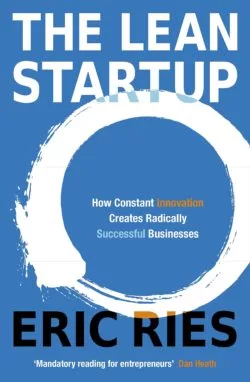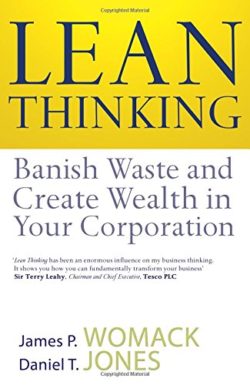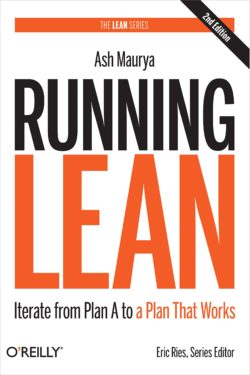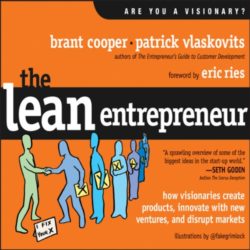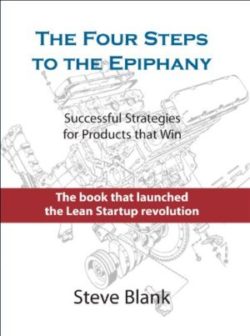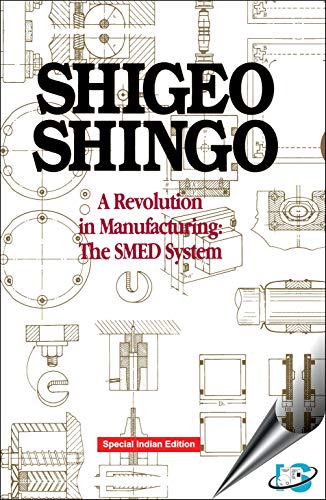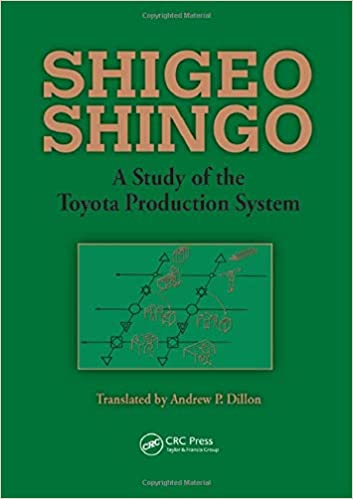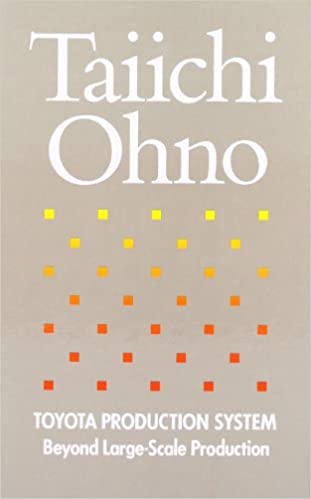Customer segment pivot: keeping the functionality of the product the same, but changing the audience focus (who pays) b2c or b2b. The company realizes that the product it is building solves a real problem for customers, but they are not the type of customers it originally planned to serve.
Platform pivot: instead of selling to one customer at a time building a self-serve sales platform.
Zoom in pivot: what previously was considered a single feature in a product becomes the whole product.
Zoom out pivot: a single feature is insufficient to support a product. What was considered the whole product becomes a single feature of a much larger product.
Customer need pivot: (know your customer): we often discover other related problems that are important and can be solved by our team. Sometimes it requires little more than repositioning the existing product or may require a completely new product.
Business architecture pivot: (concept from Jeffry More) companies generally follow 1 of 2 major business architecture: 1. high margin, low volume (complex systems model) 2. low margin, high volume (volume operations model).
Value capture pivot: changing monetization or revenue models. It is a separate feature or a product that can be added or removed.
Engine of growth pivot: seek faster or more profitable growth engine.
Channel pivot: the mechanism by which a company delivers its products to customers: sales channel of distribution channel.
Technology pivot: a company discovers a way to achieving the same solution by using a completely different technology.
